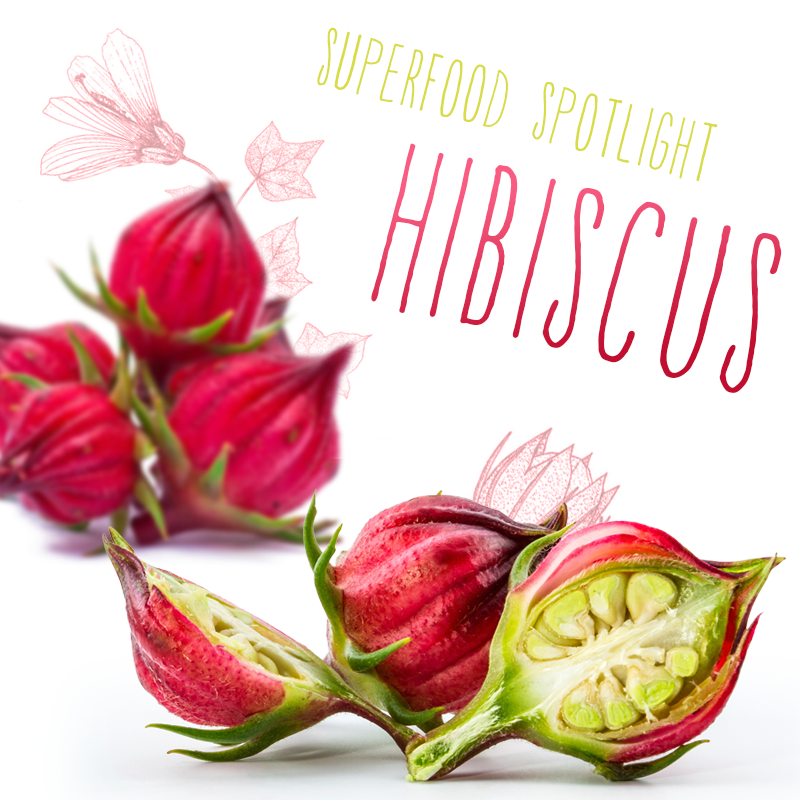With February coming to a close, we’re feeling the first inklings of the coming spring. From sunny afternoons and longer days to birds chirping and trees budding, we know that winter’s grasp is loosening and an end to our winter blues is nearby.
While winter in the Midwest (where we happen to be) is typically an extended period of gray, overcast days and subzero temperatures, the bitter cold make us all the more appreciative of the offerings of spring, particularly in the food category.

When we talked about our predictions for food trends this year, it wasn’t by chance that we predicted a rise in the use of fresh herbs and flowers in cooking – both in restaurants and at home. We might have had a secret product up our sleeve, that being our newest limited edition kefir, Hibiscus Rhubarb Pie!
In honor of the newest member of the drinkable kefir family, today’s superfood spotlight goes in depth with the exotic hibiscus flower!
Edible Wild Plants
For some of you, the idea of eating flowers is strange. Who wants to eat a bouquet? No one. How about those flower’s you plant on Mother’s Day? Nope. But what about drinking rose hip tea, or chowing down on a savory squash flower? Not bad, right?
Hibiscus fits into the not-so-scary category of edible wild plants and has been enjoyed in many ways by many cultures for hundreds of years, thanks to its pleasantly tart and tangy flavor (hello, kefir!). It has a rich red color and is most commonly dried and steeped to make tea (though it makes wonderful jams, jellies, sauces and syrups, too).
Hibiscus plants aren’t just used for culinary purposes, though! While more medical studies need to be conducted to confirm health claims, hibiscus teas and tinctures are thought to:
Help Lower and Manage Blood Pressure
A study in the American Institute of Nutrition showed that consuming hibiscus tea lowered the blood pressure of pre-hypertensive and mildly hypertensive adults [i]
Help Lower Cholesterol
A study in the Journal of Alternative and Complementary Medicine showed that consuming hibiscus tea, or sour tea, lowered the cholesterol in many participants [ii]
Help Protect the Liver
Like many fruits and vegetables, hibiscus plants are rich in antioxidants. Particularly, the anthocyanidns in hibiscus may play a role in preventing liver damage [iii]
Help Fight Depression
Researchers at the Indiana Journal of Pharmacology conducted a study that showed that the antioxidants and anthocyanidins in hibiscus flowers my hold antidepressant properties [iv]
See what we mean by the “mays” and the “coulds”? More research is occurring every day and well be on the look out to see what scientists discover about hibiscus next. In the mean time, we’ll continue to eat it and drink it ourselves, because like our kefir, it tastes good and makes us feel good!
If you’re new to hibiscus (or eating flowers, for that matter, start with some of the following easy recipes:
Hibiscus Water
Hibiscus Lemonade Iced Tea
Hibiscus Soaked Berries
Hibiscus Simple Syrup
Hibiscus Smoothie
Let your creative self shine and see what you come up with in the kitchen! Be sure to let us know your thoughts about hibiscus and edible flowers in general by visiting us on Facebook, Twitter or Instagram!